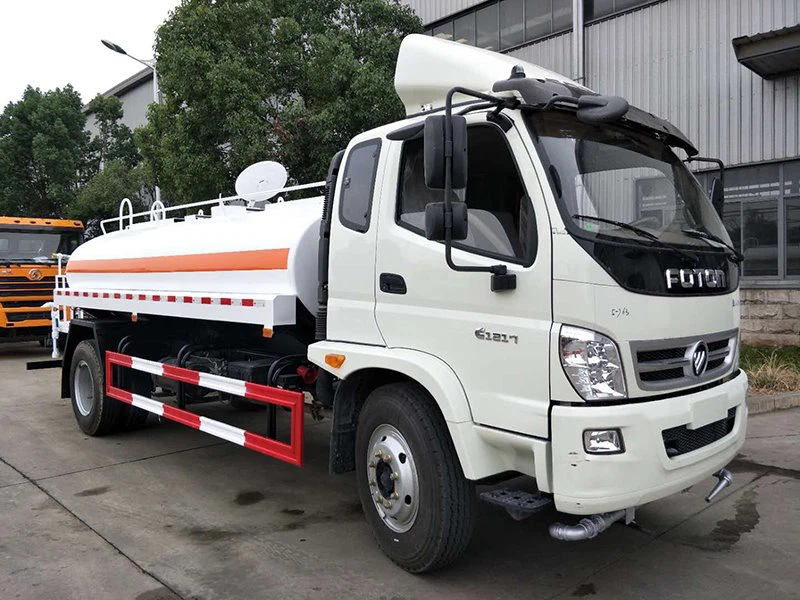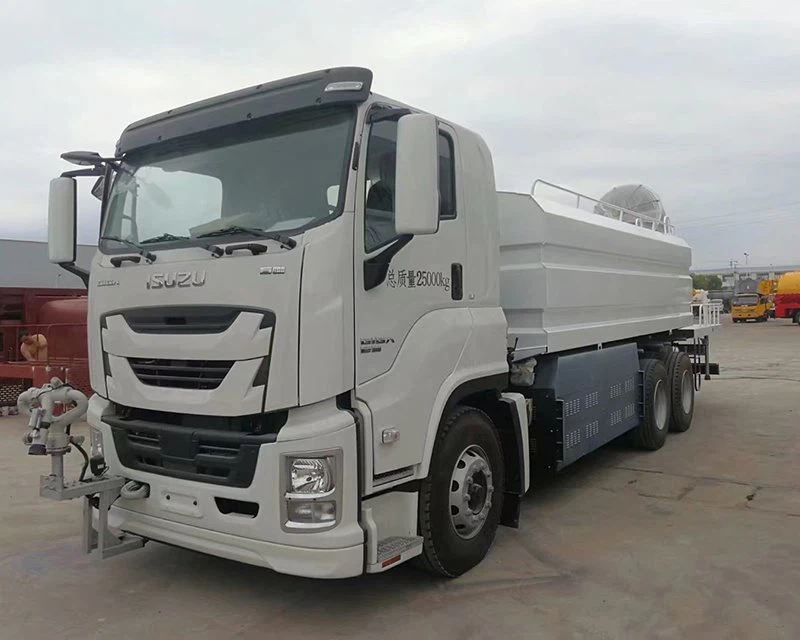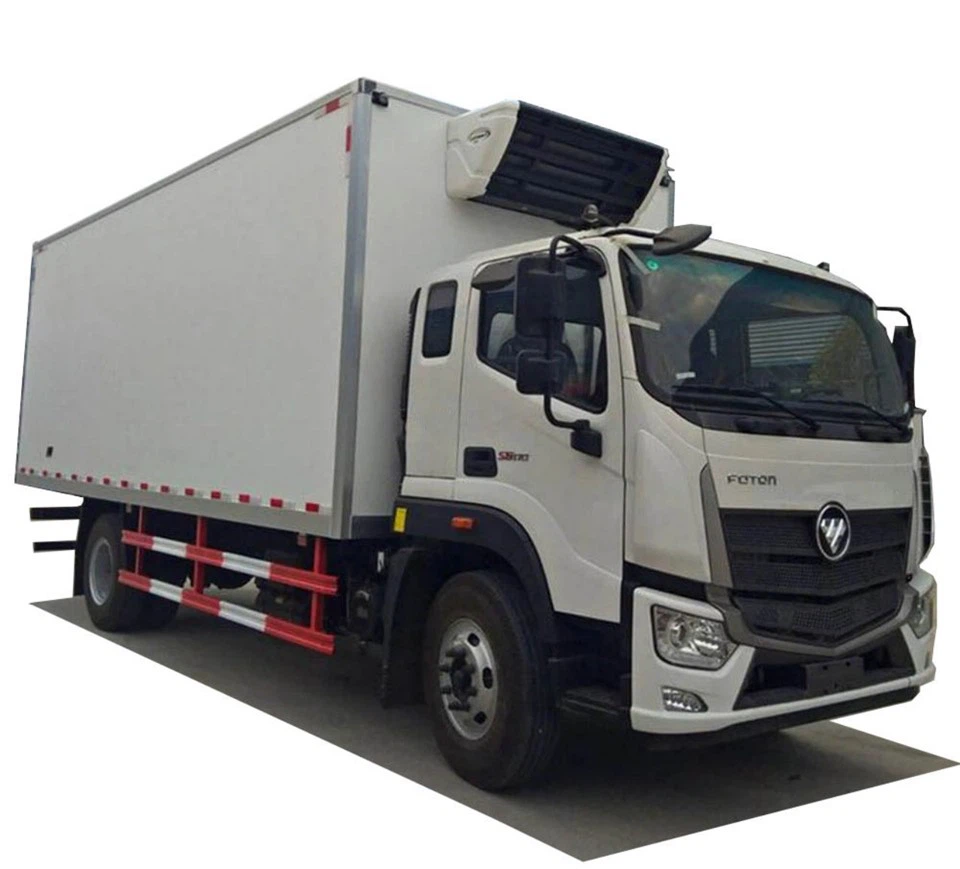Understanding Rotopac: A Comprehensive Guide

The world of packaging is vast and intricate, with a variety of methods and materials designed to suit specific needs. One such innovation in the packaging industry is the Rotopac. This article will explore the intricacies of the Rotopac system, including its design, benefits, applications, and practical tips for effectively utilizing this packaging solution. By the end of this article, you will have a thorough understanding of the Rotopac, its features, and its advantages in various industries.
What is Rotopac?
The Rotopac is a unique packaging solution primarily used for various types of products, including liquids, powders, and granular materials. It functions on the principle of rotational molding and offers an array of benefits over traditional packaging methods. The distinctive design of Rotopac allows for efficient transportation, storage, and dispensing of its contents, making it a popular choice in different sectors.
History of Rotopac
The development of the Rotopac system dates back to the advancements in packaging technology during the late 20th century. Initially designed for industrial applications, it quickly gained traction across diverse fields due to its efficiency, durability, and user-friendly features. Today, Rotopac is a recognized brand in the packaging industry, serving various sectors ranging from food and beverage to chemicals and pharmaceuticals.
The Design of Rotopac
The Rotopac features a cylindrical shape that allows for ease of transport and stacking. Its design incorporates a variety of materials, typically high-density polyethylene (HDPE) or polypropylene, which provides strength and resistance to various environmental conditions.
Key Components of Rotopac
| Component | Description |
|---|---|
| Body | The main container, designed for durability and capacity. |
| Lid | Secures the contents and protects them from contamination. |
| Spout | Facilitates easy dispensing of the contents. |
| Handles | Allows for easy handling and transportation. |
Benefits of Using Rotopac
Rotopac offers several advantages that make it a preferred choice for many businesses. Here are some of the most notable benefits:
1. Versatility
Rotopac is adaptable to various industries and product types, making it suitable for multiple applications. Whether you are packaging food items, chemicals, or consumer products, the Rotopac system can be tailored to meet your specific needs.
2. Enhanced Durability
Constructed from high-strength materials, Rotopac is designed to withstand the rigors of transportation, storage, and handling. Its robust structure ensures that the contents remain intact during transit and use.
3. Efficient Space Utilization
The cylindrical design of Rotopac allows for optimal space utilization during storage and transportation. These containers can be stacked easily, minimizing the footprint and maximizing space efficiency.
4. Easy Dispensing

With its ergonomic design, Rotopac facilitates easy dispensing of its contents. The spout mechanism allows users to control the flow rate, making it ideal for liquid and powder dispensing.
5. Environmental Sustainability
Rotopac is often made from recyclable materials, promoting sustainability within the packaging industry. By using Rotopac, businesses can reduce their environmental impact while achieving their packaging goals.
Applications of Rotopac
Rotopac is employed across various sectors due to its flexibility and efficiency. Below are some common applications of Rotopac.
1. Food and Beverage Industry
In the food and beverage sector, Rotopac is used for packaging ingredients, sauces, and beverages. Its airtight seal ensures product freshness and prevents contamination.
2. Chemical Industry
Rotopac is utilized for packaging chemicals, including cleaning agents and industrial solutions. Its durability offers secure containment, ensuring safe transportation.
3. Pharmaceuticals
In the pharmaceutical industry, Rotopac is employed for packaging powders, pills, and liquids. Its design allows for temperature control and protection against moisture.
4. Agriculture
Rotopac is used in the agricultural sector for packing fertilizers, pesticides, and seeds. Its large capacity accommodates bulk products efficiently.
Practical Tips for Using Rotopac
To maximize the benefits of Rotopac, here are some practical tips:
1. Choose the Right Size
Select a Rotopac size that best suits your product needs. Consider the volume and weight of the contents to determine the most appropriate container size.
2. Ensure Proper Sealing
Always ensure that the lid and spout are secured properly to prevent leaks or contamination. Check the seals before transportation or storage.
3. Maintain Cleanliness
Keep Rotopac containers clean and sanitized, especially when used for food or chemicals. Regular cleaning prevents any residue buildup that might affect future contents.
4. Store in a Controlled Environment
For sensitive products, store Rotopac containers in a controlled environment to maintain the integrity of the contents. Avoid extreme temperatures or direct sunlight.
Comparative Analysis: Rotopac vs. Traditional Packaging
| Feature | Rotopac | Traditional Packaging |
|---|---|---|
| Durability | High | Varies (generally lower) |
| Space Efficiency | Excellent | Medium to low |
| Dispensing | Easy, controlled | Often not controlled |
| Sustainability | High (recyclable) | Varies (often less sustainable) |
| Versatility | Very high | Medium |
Cost Considerations for Rotopac
When evaluating the cost implications of using Rotopac, consider several factors. Although the initial investment may be higher than traditional packaging options, the long-term benefits often outweigh the costs. Here are some considerations:
1. Initial Investment
The upfront cost of purchasing Rotopac containers can be higher, but this should be weighed against the benefits of durability and efficiency.

2. Operational Efficiency
Rotopac’s design can lead to lower transportation and storage costs due to efficient space utilization, potentially leading to significant savings over time.
3. Maintenance Costs
With Rotopac’s high durability, maintenance costs may be lower over time, as fewer replacements will be needed compared to traditional packaging options.
Future Trends in Rotopac Technology
The packaging industry is constantly evolving, and the Rotopac system is no exception. Here are some potential future trends:

1. Smart Packaging
Integrating technology such as RFID tags or QR codes on Rotopac packaging could enhance inventory management and traceability, adding further value to businesses.
2. Eco-Friendly Innovations
As sustainability becomes increasingly important, manufacturers are likely to explore more eco-friendly materials and production methods in the design of Rotopac.
3. Customization
Consumers are leaning towards customized packaging solutions. Rotopac may evolve to offer more tailored designs for specific industries or products.
Frequently Asked Questions (FAQ)
1. What types of products can be packaged in Rotopac?
Rotopac can accommodate a variety of products, including liquids, powders, granules, and even bulk materials, making it versatile for many industries.
2. Is Rotopac environmentally friendly?
Yes, Rotopac is typically made from recyclable materials, promoting sustainability within the packaging sector.
3. How do I clean Rotopac containers?
To clean Rotopac containers, use mild detergents and sanitize as necessary, especially for food-grade applications. Ensure they are thoroughly dried before reuse.
4. Can Rotopac containers be reused?
Yes, Rotopac containers are designed for durability and can often be reused after proper cleaning, reducing waste and costs.
5. What are the advantages of Rotopac over traditional packaging?
Rotopac offers superior durability, enhanced dispensing capabilities, better space utilization, and is often more sustainable than traditional packaging options.
6. Where can I buy Rotopac containers?
Rotopac containers are available from various packaging suppliers, both online and offline. Be sure to choose reputable retailers for quality assurance.
